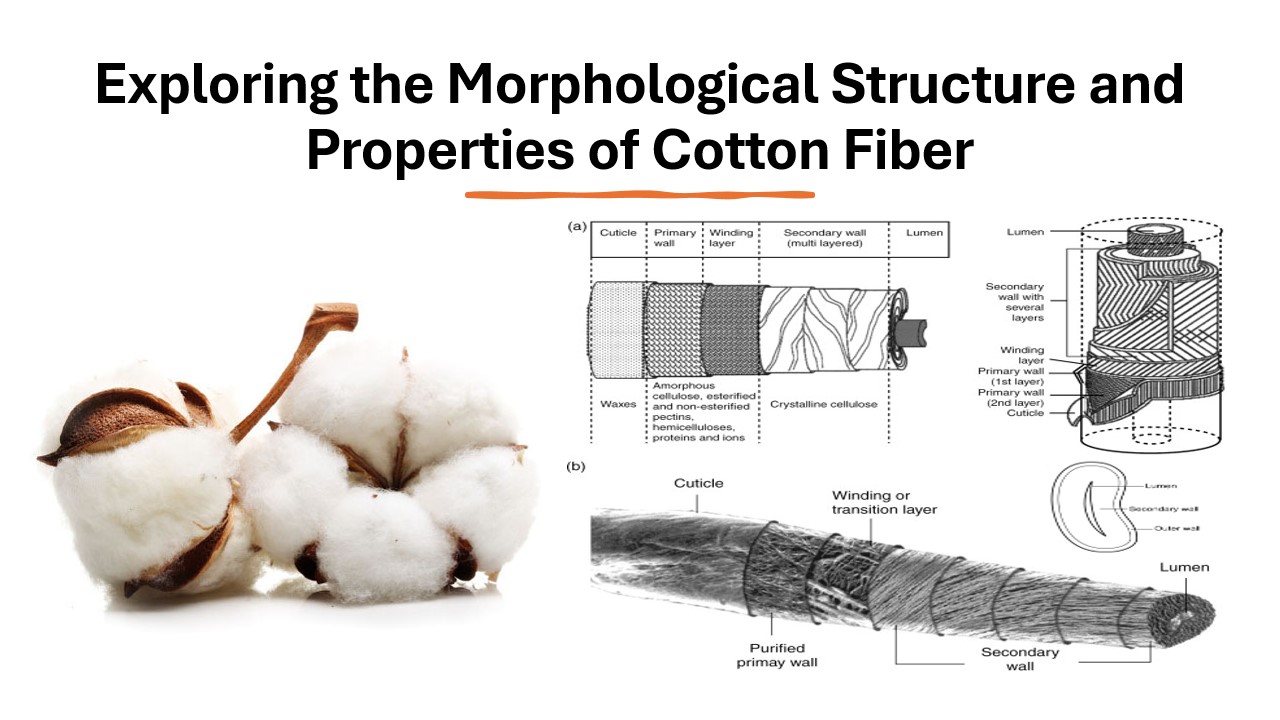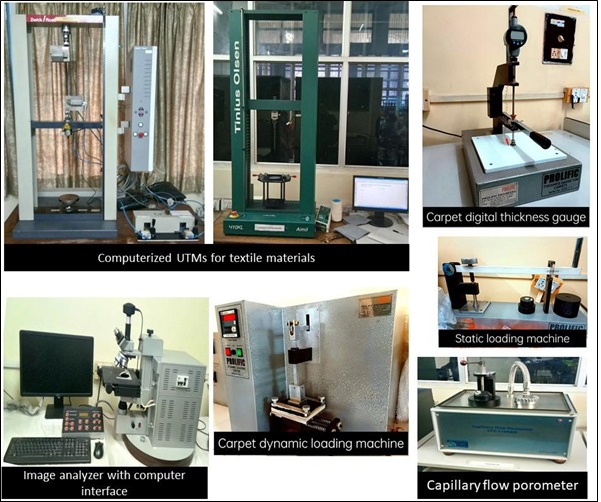The Diverse Applications of Nonwoven Fabrics: Revolutionizing Industries
Nonwoven fabrics have emerged as a game-changer across various industries, owing to their versatility, cost-effectiveness, and unique properties. Unlike traditional textiles, nonwoven fabrics are not woven or knitted; they are produced by bonding or entangling fibres using mechanical, chemical, or thermal techniques. This innovative production process opens the door for applications that traditional textiles cannot … Read more









